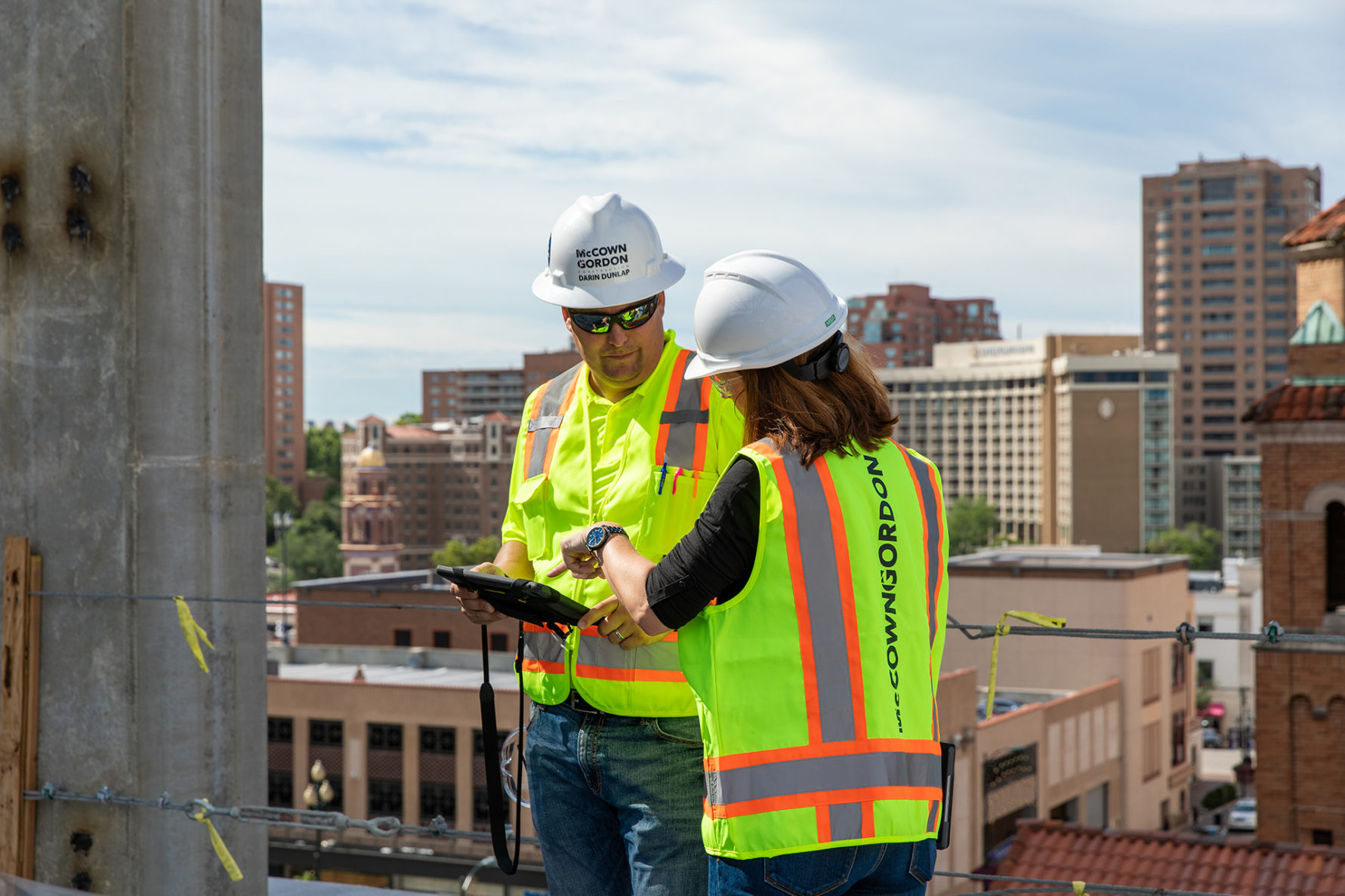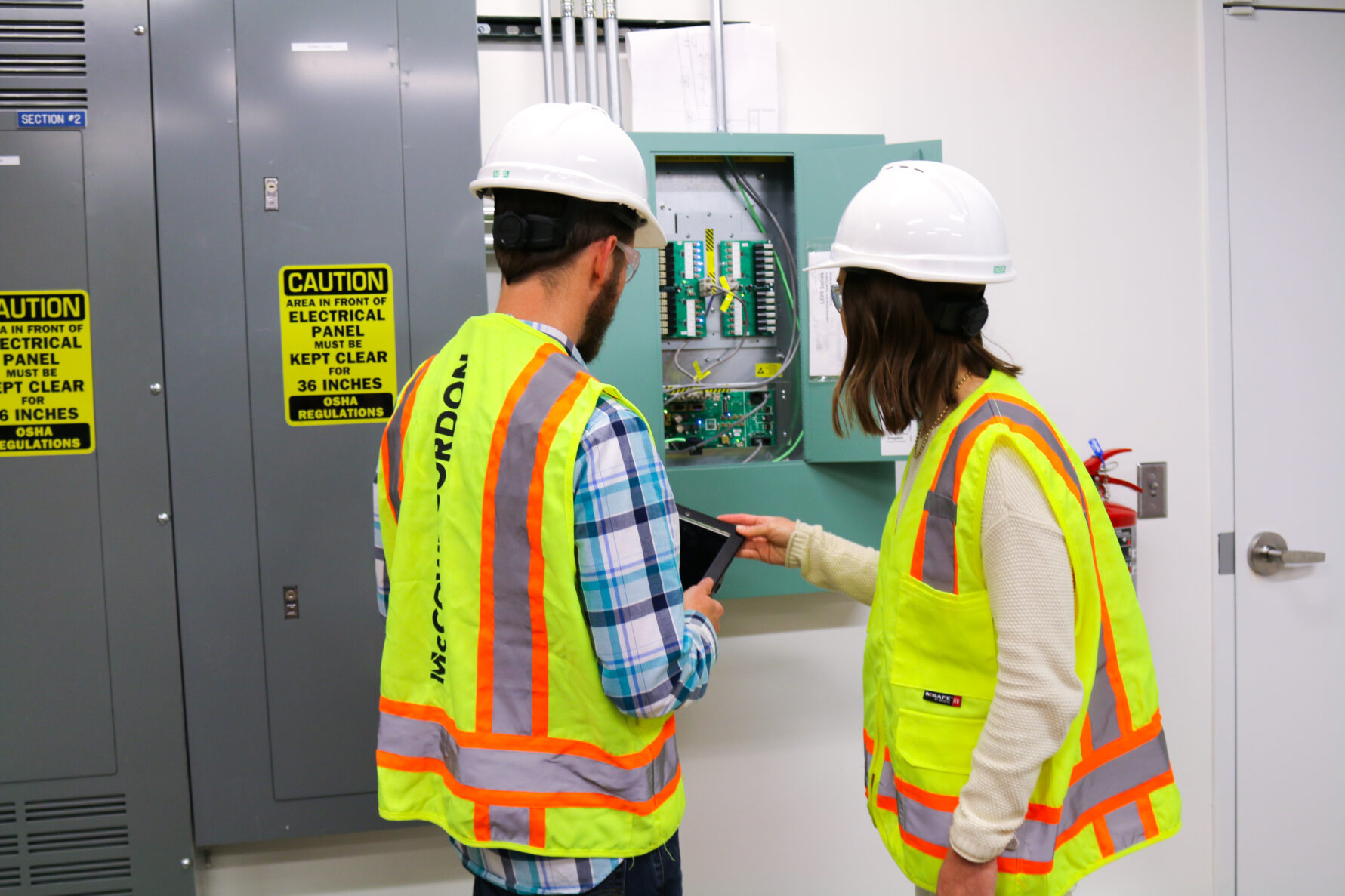Preparations to prevent and address water issues should begin in the pre-construction planning phase of a project.

Building envelope water intrusion and water leaks are major concerns during construction. As stated in a report by US Building Consultants (2011), “When buildings leak, the environmental, structural and long-term performance can be just the beginning of serious problems.” Water is one of the main contributing factors to building damage, litigation, structural damage, rot, termites and microbial problems that can lead to “sick building syndrome.” Preparations to prevent and address water issues should begin in the pre-construction planning phase of a project.
Some of the major items that should be addressed or performed during this planning phase are the implementation of a Quality Assurance and Quality Control program, development of temporary protection and testing procedures during construction, installation expectation and procedures to address water intrusion events.
During the construction phase of a project, some steps a project team can take to prevent water damages are:
- Full-time QA/QC staff to enforce guidelines and procedures.
- Employ consultants with expertise in identified construction assemblies and materials.
- Develop and establish a dedicated construction defect team focused on water protection issues.
During construction, water events represent a large percentage of construction damages. Many of these damages are preventable if the project team focuses on temporary protection and construction defects. Typical water damage causes can include (temporary and permanent):
- Unsecured building openings
- Foundation and structural element problems
- Water delivery or drainage system failures
- Surface drainage problems
- Building envelope system deficiencies
- Site drainage problems
Again, most water damage losses can be prevented or limited if the proper procedures and measures are in place prior to the beginning of construction.




